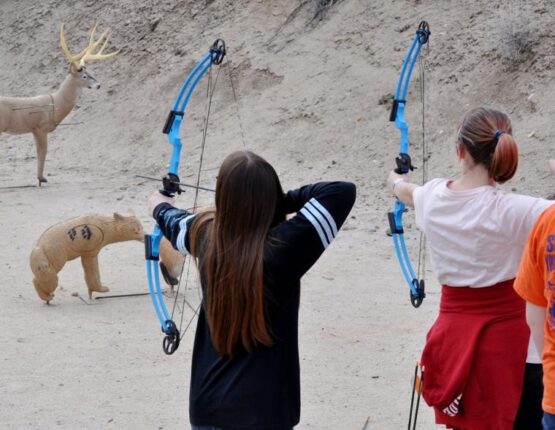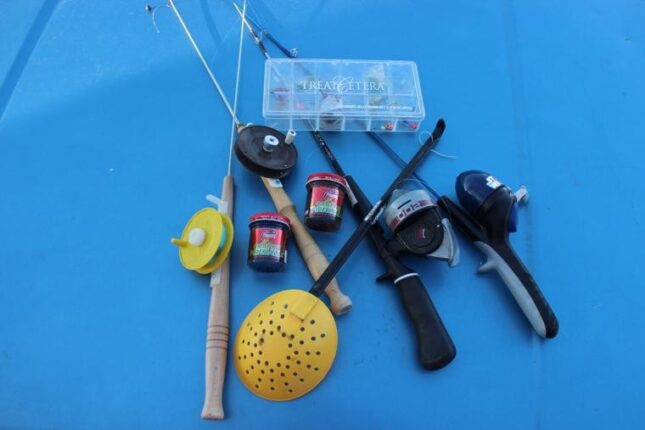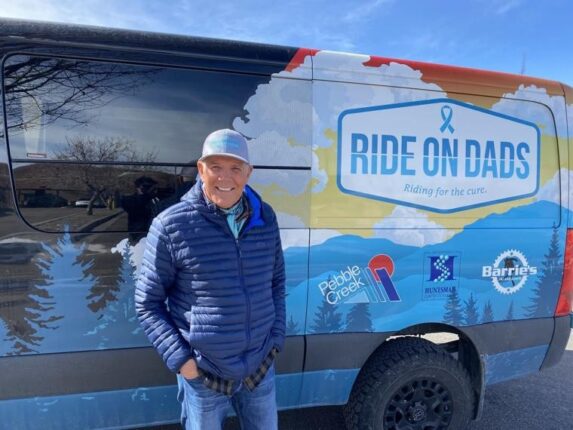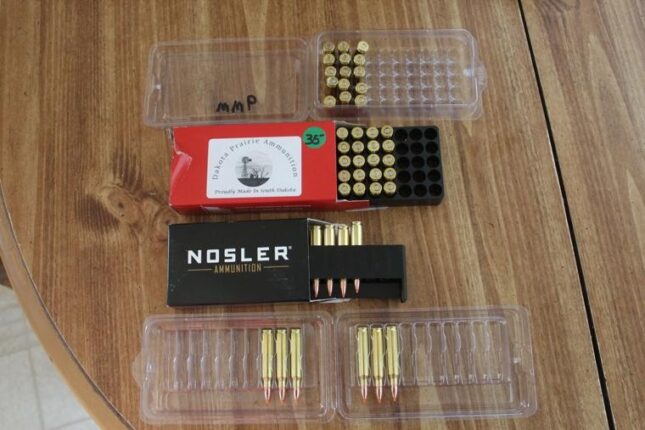Visiting desert national parks was a joyful experience. Sleeping in desert campgrounds turned out to be a mixed bag.
Recently my sweetheart and I visited two national parks in the southwest — Joshua Tree and Saguaro national parks.
Joshua Tree is a rugged desert area in southern California in an area where two deserts meet, the Mojave and Colorado deserts. Two major features about this park stood out to me: The vast tracks of large Joshua trees and giant boulders and rock formations of a coarse type of granite.
I had seen Joshua trees before, but never so many and so large. Many of the “trees” were as big as a house. Joshua trees are not a true tree, but a type of yucca plant that grows to the size and similar shape of a tree. The area also has junipers and piñon pines and a variety of cactus plants.
We met my daughter and her family who flew in from Wisconsin to Palm Springs, California and chased two small grandsons on some of the trails in the park. The boys had fun scrambling up rocks, talking to lizards and watching jackrabbits dart away.
The next day, my wife Julie and I returned to Joshua Tree to sample some of the thousands of rock climbing routes in the park. I was not feeling as spunky as I had hoped. Poor sleep the night before caused by noisy campground neighbors and a giant desert rock concert with sound that carried throughout the region turned my sniffles into a bigger deal.
We did manage to find some wonderful climbing routes and have an enjoyable time.
After a couple of days in Joshua Tree, we traveled to Tucson, Arizona to visit in-laws and sample the sights.
In the Tucson area, the dominant exceptional plant is saguaro cactus. They look like giant green cigars covered in spines and standing straight up. I was told that they don’t start growing arms until they are about 70 years old. Many are two stories tall.
Saguaro National Park celebrates this exceptional plant and protects it along with petroglyphs and a unique desert environment. The park is actually two separate land sections, one on the east side of Tucson and one on the west side of the city.
I rode my bicycle from my in-laws’ home through the town over to the east side national park and then rode the one-way loop road (about 8 miles) through the park. The total distance was 29 miles door-to-door, and I was so proud of myself for not getting lost and having to phone a friend for directions. (Tucson seems to be easier to get around in than Albuquerque.)
Riding a bike through Saguaro National Park was sheer joy, and I found myself grinning most of the time. There are pullouts along the way with a few desert trails to explore.
Besides the rabbits and lizards that I saw along the way in Saguaro National Park, I’m told that there is a full complement of other desert critters, including cougars, tortoises, snakes, birds and the coatimundi — a funky looking cat-like animal that has a long tail that sticks straight up. My in-laws said they’ve seen one pass through their yard along with javelinas — a mean little wild desert pig with dark hair and weapon-like tusks. They’re so tough that they munch on cactus, and most everything gets out of their way.
It seems every type of plant in the desert southwest has spines or quills growing on it. My worry was riding a bike down here and having enough spare inner tubes. But so far, I’ve yet to change a flat. Just dumb luck no doubt.
The Tucson area brags that it is prime cycling country. There is a huge network of mountain biking trails and almost all of the streets have well-placed bike lanes. A cyclist could get used to this town quickly.
Jerry Painter is a longtime East Idaho journalist and outdoorsman.





